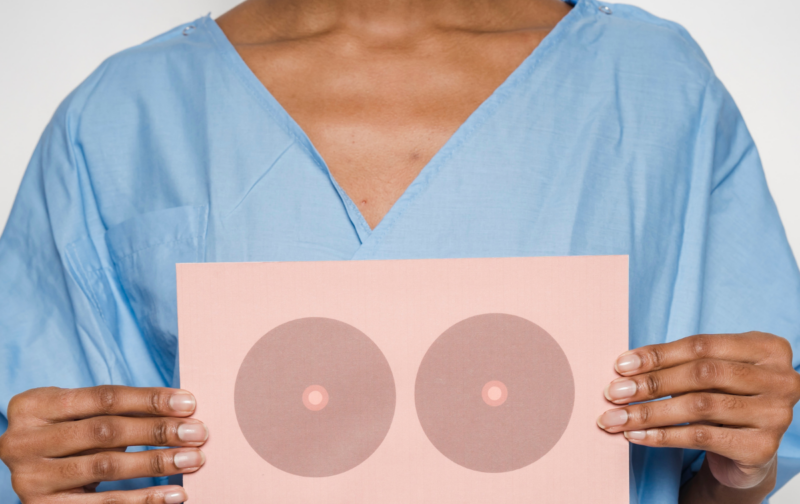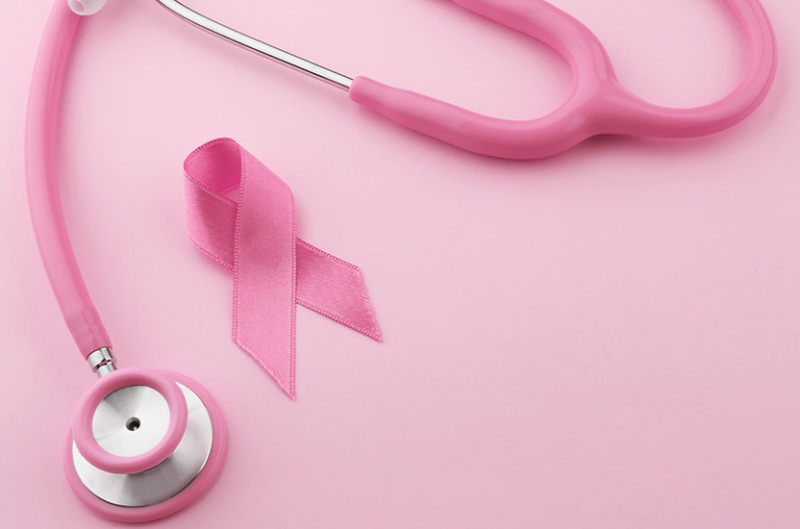Ages 25–39:
Three-year check-up. Talk with your health care provider at least once every three years for risk assessment, risk reduction counseling and a clinical breast exam.
Breast cancer is cancer that begins in the breast. While much more common in those assigned female at birth, those assigned male at birth can also get breast cancer.
Breast cancer is highly curable if found early. Unfortunately, many breast cancers are diagnosed once it has already spread. Early Detection = Better Outcomes®, so it’s important to get screened, reduce your risk, and talk with your health care provider about your health history.
Breast cancer screening guidelines apply to those who were assigned female at birth and have breasts, and who are at average risk. Transgender individuals should talk with their health care provider about their specific screening needs.
If you are at average risk, follow these screening guidelines:*
*Source: National Comprehensive Cancer Network
Three-year check-up. Talk with your health care provider at least once every three years for risk assessment, risk reduction counseling and a clinical breast exam.
Annual check-up and 2D OR 3D screening mammogram (breast tomosynthesis). Get screened annually if you are at average risk. Discuss the benefits and risks of screening tests with your health care provider and talk about which screening method is right for you.
2D mammograms take a picture of the breast from the side and from above. In 3D mammography, several pictures of the breast are taken from various angles to create a 3D image. This helps improve the accuracy of the test, which can be particularly helpful for women with dense breast tissue, which may make it harder to see cancers. Both types of mammograms are appropriate screening options.
If you are at high risk for breast cancer because of a genetic mutation or personal or family history, you may need to be screened differently (starting earlier, varied intervals or additional tests). Follow the recommendations of your health care provider.
Genetic testing may be an option for those who want more information about their cancer risk based on their family history or race/ethnicity.
Learn more
While breast cancer rates are higher in white people, studies report higher breast cancer death rates in Black people, who are also more likely to get diagnosed with breast cancer in later stages.
If you were assigned female at birth, you are at increased risk for breast cancer. You are also at increased risk if you:
You may reduce your risk for breast cancer through these lifestyle-related modifications:
If you do, quit.
To reduce your risk of cancer, it’s best to avoid alcohol completely. If you do choose to drink, limit your drinking to no more than one drink a day if you were assigned female at birth and no more than two drinks a day if you were assigned male at birth.
If you notice any of these symptoms, take action and talk to your health care provider right away:
Treatment depends on the type and stage of the breast cancer and your medical condition:
The most common treatment is surgery to remove the cancer (lumpectomy), combined with radiation. In some cases, it is necessary to remove the breast (mastectomy).
This is a treatment that uses drugs to kill cancer cells. It may be used alone or in combination with another therapy before or after surgery.
This treatment uses high doses of radiation to kill cancer cells and shrink tumors. It may be used alone or in combination with another therapy before or after surgery.
Since breast cancer can use hormones to grow, this treatment may be used to slow or stop its growth. It may be used alone or in combination with another therapy before or after surgery.
This type of cancer treatment helps your immune system better respond to the cancer to detect and destroy abnormal cells. It may be used alone or in combination with another therapy before or after surgery.
Targeted therapy can be a drug or antibody that targets the proteins that affect how cancer cells grow, divide and spread. It may be used alone or in combination before or after surgery.
Olivia Munn was diagnosed with breast cancer with no symptoms, no family history and no warning signs—just one test that changed everything. And now she wants you to know about it.
Learn More




